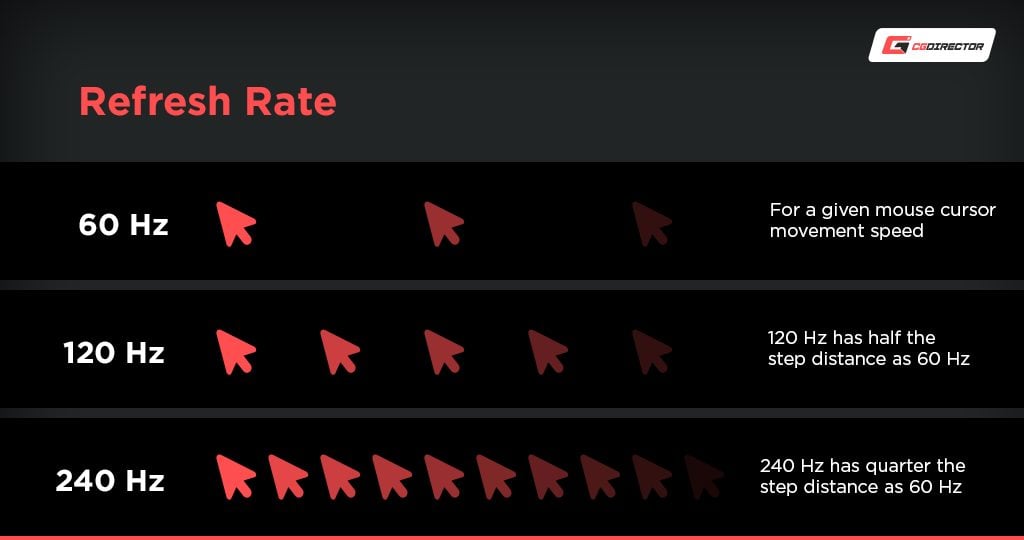Understanding the Relationship Between Monitor Refresh Rate and Frame Rate
Displaying graphics smoothly requires an understanding of how monitor refresh rates and frame rates interact. This article explores these technical terms and how they influence the visible motion on screen. refresh rates frame rates FPS gaming performance
Monitor Refresh Rates
All computer monitors have a native refresh rate, usually expressed in Hz (hertz) which is equal to the number of times the display refreshes per second. Common refresh rates for traditional LCD monitors are 60Hz or 75Hz. Higher-end gaming monitors often have refresh rates of 120Hz, 144Hz or even 240Hz. The refresh rate determines the maximum number of complete frames the monitor is capable of displaying each second. For example, a standard 60Hz monitor refreshes the full screen image 60 times per second. This means the maximum frame rate it can cleanly show is 60fps. Higher refresh rates allow the display of more frames per second, enabling smoother visuals for high frame rate content and gaming.

Frame Rates And Perceived Smoothness
The frame rate is the number of full frames generated by the graphics system, such as a video game engine or video playback software, each second. It is independent of the monitor’s refresh rate. Frame rates above 60fps are needed to fully utilize higher refresh monitors and reduce visual stuttering and tearing. Surpassing the monitor’s refresh rate with excess frames does provide benefits though. For example, a 120Hz display paired with a 240fps game engine means each refresh can grab the latest completed frame. This results in lower input lag and reduced motion blur compared to being capped at the 120fps refresh rate limit. frame rates monitor refresh rates gaming performance smoothness
Refresh Rates vs Frame Rates Relationship
There is an important relationship between refresh rates and frame rates that determines the smoothness of on-screen motion. If the frame rate exactly matches the refresh rate, each new frame will be displayed for exactly one refresh cycle with no frames dropped or duplicated. For any frame rate below the refresh rate, frames will be displayed across multiple refresh cycles. And with a frame rate higher than the refresh, extra frames cannot be shown and will be discarded. In both mismatch cases, frames can appear out of sync and juddery. Maintaining a stable frame rate at or very close to the monitor’s refresh rate delivers the smoothest apparent motion. Higher refresh rates allow higher matching frame rates for improved responsiveness in fast-paced content like video games. refresh rates frame rates matching gaming performance smoothness
Maximum Smoothness Requirements
In summary, to achieve absolutely tear-free and stutter-free visuals on a computer monitor:
- The graphics frame rate produced must equal the monitor’s native refresh rate. No higher or lower.
- For 60Hz displays, a locked 60fps is required.
- For 144Hz or higher monitors, matching frame rates of 120-240fps or more provide the ultimate smooth experience.
- With VRR/G-Sync/FreeSync, a varying frame rate can still appear smooth near the refresh cap.
Understanding these relationships between refresh rates and frame rates is key to maximizing perceived fluidity and responsiveness in interactive content, gaming, movies and other fast-moving visual experiences on any computer display. Proper matching delivers the best possible motion rendering.
